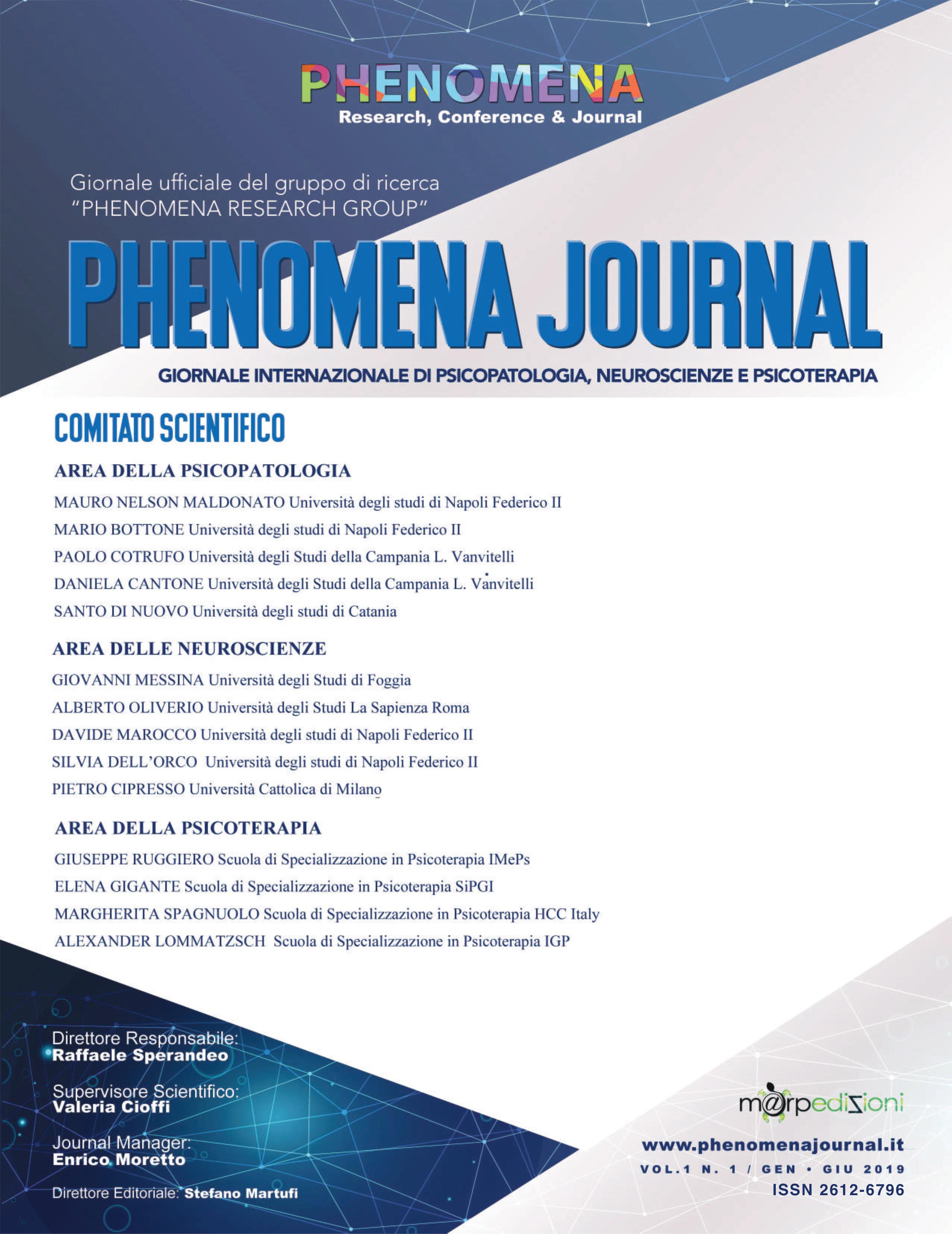Published 2019-06-08
Keywords
- CKD, dialysis, transplantation, patient-centered strategy, breaking bad news, narrative medicine, listening the patient, making time, outlining trajectories of disease, patient’s goals, carer-patients relationship, embracing the complexity.
How to Cite
Abstract
In the last sixty years chronic kidney disease (CKD) has emerged as a life-threatening problem with a mortality comparable to that of cancer in spite of the fact that dialysis and transplantation represent effective strategies to grant decades of life to persons who have lost their kidney function. Receiving a diagnosis of CKD is immediately perceived as a long lasting disease with many losses and dependencies and generally associated with a poor quality of life. The support of CKD patients starts at the time of the breaking the bad new and is needed life long, thus communication between patients and their caring teams is central. A patient-centered strategy is mandatory. Listening them, making time to understand their histories and to learn from their experience is the base on which the carer outlines the trajectory of the disease. Generating and supporting hope is an effective strategy having in mind that, as Thomas Aquinas said in the 14th century, to instill hope there must be, although minimal, possibility of success. The possibility is not zero as shown by the reported history of Professor Robert A.J. Eady who discovered albumin in his urine at age of nine years, and subsequently received dialysis and a transplant for more than 50 years and at the same time developed a successful academic career as dermatologist. The complexity of the process in meeting patient’s needs is evident and requires knowledge and respect for patient’s goals. Building with the patient a strong relationship is a sine qua non.

